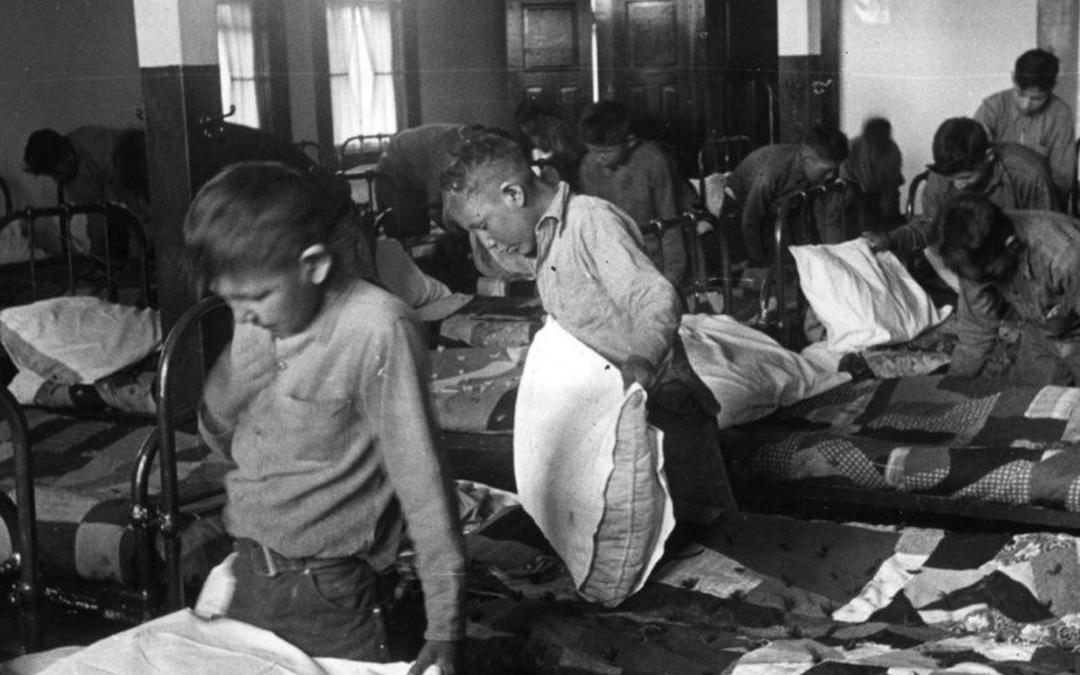![growing-brain[1]](https://www.akivaschool.com/wp-content/uploads/2013/05/growing-brain1.jpg) Spring is in the air, the academic year is quickly coming to an end and everyone is getting ready for whatever is coming next; be it summer camp, the next grade level or high school. Over the past few weeks, we had puberty sessions for grade 5 &6 where we discussed the physical and emotional changes that they will go through during their “preteen” and teenage years. As our grade 6 students move onto high school next year, they will be faced with lots of questions and it is crucial that we start this dialogue now. While most of our students and their parents are aware of physical changes their bodies are going through, there are many changes that they cannot see. As their bodies grow and develop, their brains are going through a major transformation. The National Institute of Health (NIH) project, that studied over a hundred young people as they grew up in the 1990’s, showed that our brains undergo a massive reorganization between ages 12-25. As we go through adolescence, the brain undergoes extensive remodeling, resembling a network and wiring upgrade. Here’s five interesting facts about the adolescent brain:
Spring is in the air, the academic year is quickly coming to an end and everyone is getting ready for whatever is coming next; be it summer camp, the next grade level or high school. Over the past few weeks, we had puberty sessions for grade 5 &6 where we discussed the physical and emotional changes that they will go through during their “preteen” and teenage years. As our grade 6 students move onto high school next year, they will be faced with lots of questions and it is crucial that we start this dialogue now. While most of our students and their parents are aware of physical changes their bodies are going through, there are many changes that they cannot see. As their bodies grow and develop, their brains are going through a major transformation. The National Institute of Health (NIH) project, that studied over a hundred young people as they grew up in the 1990’s, showed that our brains undergo a massive reorganization between ages 12-25. As we go through adolescence, the brain undergoes extensive remodeling, resembling a network and wiring upgrade. Here’s five interesting facts about the adolescent brain:
1. The process of brain maturation, once thought to be largely finished by elementary school, continues through puberty and finishes in young adulthood.
2. The brain develops from the back forward and from the inside out, so that main control center of the brain, the pre-frontal cortex, is not yet fully developed during adolescence. The pre-frontal cortex controls advanced brain function including insight, judgement, impulse control, planning, strategizing, cognitive flexibility, and problem solving. Adolescents, however, don’t have a fully developed pre-frontal cortex.
3. Previous brain theories claimed that the mass majority of growth and change in the brain takes place in the first three years of life. New diagnostic imaging technology shows that just prior to puberty the brain enters another period of great growth and change.
4. Impulsivity generally drops throughout life, starting at about age 10, however, the love of the thrill peaks around age 15. Although sensation seeking can lead to dangerous behaviours, it can also lead to positive ones such as the urge to meet more people, create a wider circle of friends. These positive urges generally make us healthier, happier and more successful.
5. Risk taking peaks during adolescence. Teens take more risks, not because they don’t understand the dangers but because they weigh risk versus reward differently. In situations where risk can get them something they want, they value the reward more heavily than adults do.
Very often the growing pains of puberty are felt not only by the kids but also by their parents. Sometimes, these changes have parents scratching their heads and wondering what is coming next with their kids. Below is a link to a great article from National Geographic that helps decipher the mystery of the “pre-teen and teenage” mind for parents:
http://ngm.nationalgeographic.com/print/2011/10/teenage-brains/dobbs-text
Also, remember that I am always here to help with any issues that may arise with your kids and, together, we can hopefully help minimize those “growing pains of the brain” as much as possible.












